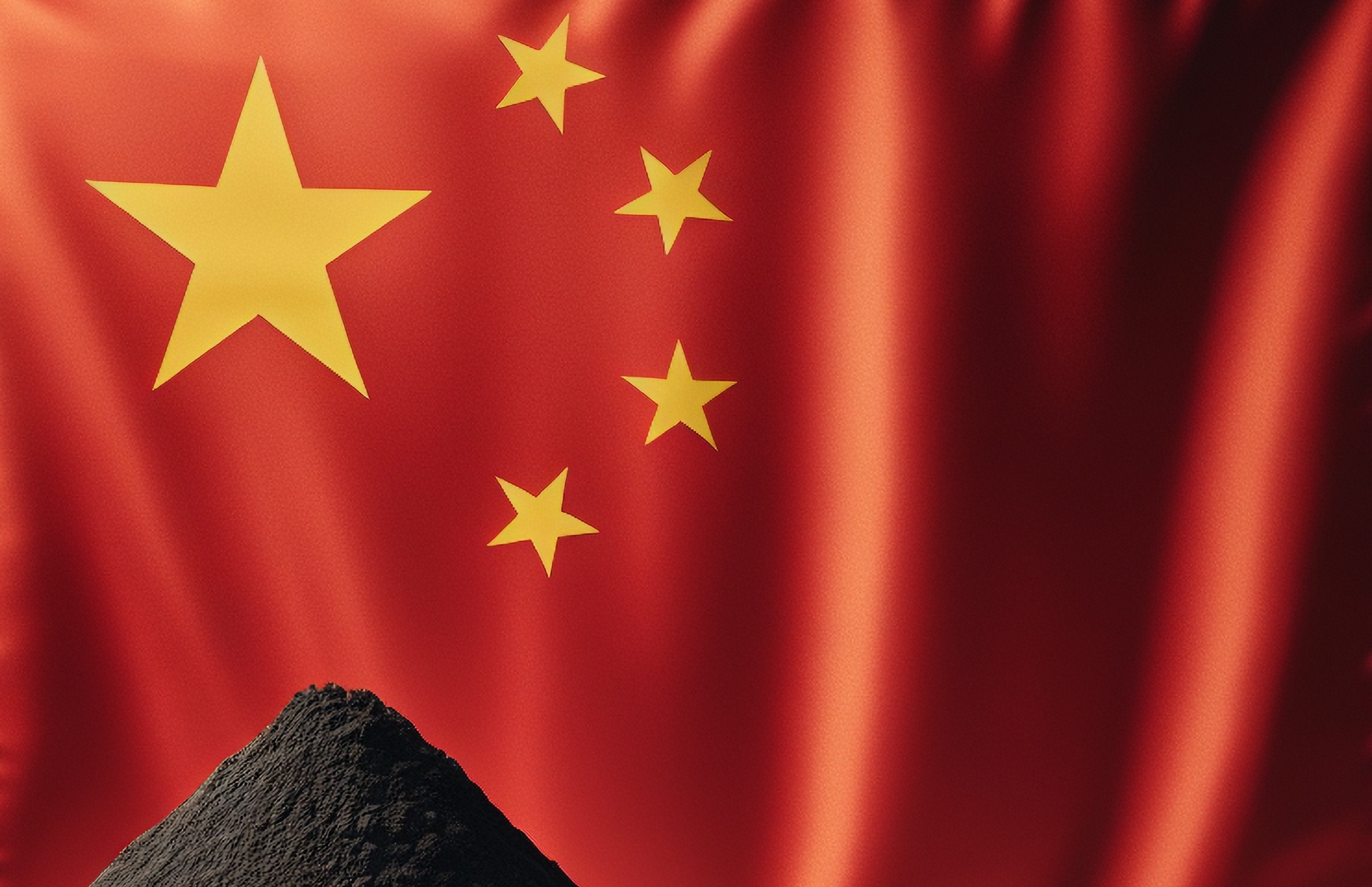China opens the door to “black gold” – Is a massive shift in global battery resources imminent?
News Analysis

26
Jun
2025
China opens the door to “black gold” – Is a massive shift in global battery resources imminent?
Recently, China's Ministry of Ecology and Environment, General Administration of Customs, National Development and Reform Commission, Ministry of Industry and Information Technology, Ministry of Commerce, and State Administration for Market Regulation jointly issued the Announcement on Regulating Import Management of Recycled Black Mass Raw Materials for Lithium-ion Batteries and Recycled Steel Feedstock.
Effective 1 August 2025, this marks the complete lifting of import restrictions on lithium-ion battery black mass in China.
In 2014, China issued the Catalog of Prohibited Imports of Solid Wastes, which listed crushed battery materials as prohibited imports due to the presence of toxic chemicals in waste batteries. These materials have remained prohibited ever since.
The change in regulation relating to black mass imports has significant implications for the battery recycling market, both domestically and internationally. How will China’s recycling market reshape?
Short term: Supply-demand easing drives profitability restoration
In the short term, imported black mass from ex-China regions will partially alleviate raw material supply shortages in the domestic recycling market. Currently, China’s domestic recycling capacity operates below 30% utilization. The lifting of import restrictions will activate idle domestic capacity through new overseas black mass supply.
Additionally, China’s recycling industry is in a downturn, with profitability weakened by rising upstream material costs and falling product prices. Compliant black mass imports will enhance domestic recyclers’ bargaining power over raw materials, reducing procurement costs while lowering processing expenses through higher-quality inputs, thereby restoring recyclers’ profits.
Medium-long term: Industrial standardization drives sector integration, amplifying global circular economy influence
In the medium-to-long term, standardized black mass imports will compel technological upgrades in domestic recycling. Enterprises lacking pre-treatment capabilities will be eliminated, consolidating the industry and phasing out low-quality capacity. Concurrently, profits from overseas black mass processing typically exceed domestic margins.
Recyclers’ profit structures will shift from integrated domestic operations to a dual-segment model of “overseas pre-treatment + domestic metallurgy,” while Chinese recyclers progressively establish closed-loop systems spanning both overseas and domestic markets.
The opening of China's black mass import channels will significantly boost trading activity in overseas black mass markets. Given China's current mastery of the most advanced recycling technologies and processing capacity, it will leverage its stringent import standards to export technical benchmarks, thereby weakening the influence of Ex-China processors.
Concurrently, large-scale inflows of black mass into China will enable it to capture pricing power in the global black mass market and consolidate dominance in the circular economy sector.
How will this development impact the ex-China market?
China's quality standards for imported black mass exceed the global average. Prior to ex-China black mass entering the Chinese market, its flow routes may be reshaped. Current import requirements—particularly the ≤0.4% water-soluble fluorine threshold—exceed the capabilities of most overseas suppliers, as European and American black mass typically contains >0.5% fluorine.
Given that overseas black mass quality cannot rapidly meet import standards, feedstock collected by recyclers will not flow directly to China. Instead, it will undergo secondary processing in Southeast Asia or local pre-processing plants to achieve compliance before entering the Chinese market.
However, uncertainty remains regarding whether all black mass upgraded in Southeast Asia will flow into China. Previously, due to China's previous import ban, some recyclers have established full recycling capacity in Southeast Asia to process feedstock collected elsewhere.
Whether recyclers subsequently redirect all upgraded material to China will depend critically on processing costs. If Southeast Asia achieves economies of scale with cost advantages, this could materially reduce the backflow of black mass to China
Disparities in overseas black mass quality will drive recycling manufacturers to establish advanced processing capacity abroad to meet China's stringent import standards, thereby fostering the development of high-level recycling supply chains in certain overseas regions.
During China’s black mass import ban, small and mid-sized recyclers directed material to Southeast Asian hubs (e.g. Huayou Cobalt Indonesia, GEM’s recycling plants) for upgrading.
Now, China’s import reopening—coupled with stringent quality standards—will solidify Southeast Asia’s role as a critical transit hub. While only leading material firms previously established large hydrometallurgical plants there, the shift from processing crude MHP to high-spec black mass reduces secondary processing costs and lowers entry barriers.
More players may thus build transit facilities in Southeast Asia, accelerating regional industrial transfer.
Alternatively, recyclers may establish pre-treatment capacity in Europe or North America. Leading recyclers with advanced technology could produce compliant black mass locally for direct export to China, reducing secondary processing and logistics costs.
This may spur development of high-quality pre-treatment capacity in Western markets. Several top Chinese recyclers—including GEM and Jereh Environmental Protection—have already launched pre-treatment plants in Europe, exemplified by GEM’s Hungarian facility.
Finally, China’s shift on black mass imports significantly reshapes the global battery resource landscape. Domestically, establishing import channels connects China recycling market with overseas sources.
This alleviates domestic supply-demand imbalances while accelerating industrial consolidation and technological advancement. Concurrently, exporting standards enhances China's influence in the global recycling market.
For international markets, the move substantially increases global black mass trade liquidity and processing efficiency. Recycling industry chains in certain regions will further improve, elevating worldwide battery recycling efficiency.
The move will therefore simultaneously contribute to establishing unified global pricing mechanisms and industry standards for black mass.